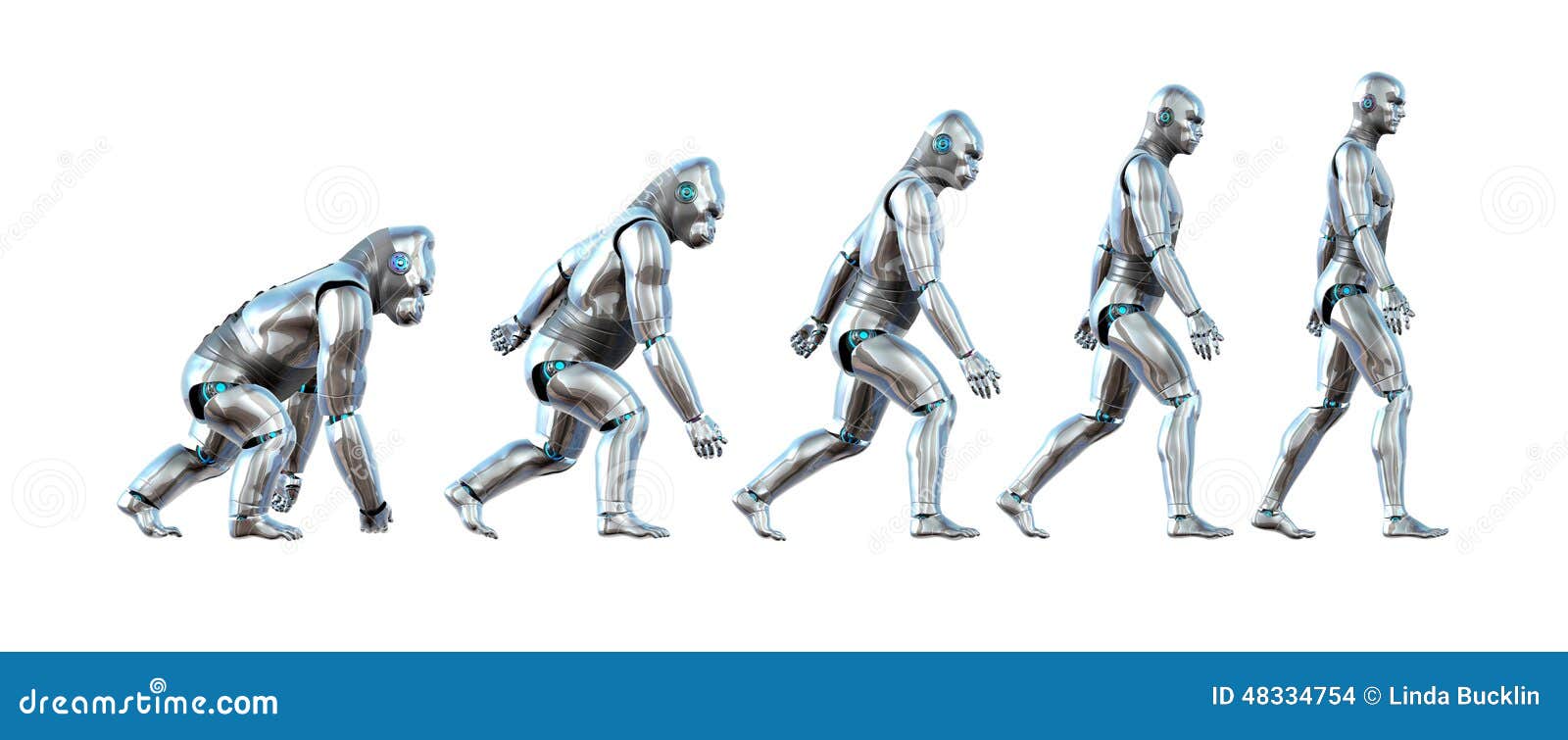

The team, therefore, sequenced the Y chromosome of a bonobo, a close relative of the chimpanzee, and an orangutan, a more distantly related great ape. We needed the Y chromosome of more great ape species to tease out the details of what was going on."

"But if you look at which genes are present, the types of repetitive sequences, and the shared palindromes, humans look more similar to gorillas. "If you just compare the sequence identity-comparing the As,Ts, Cs, and Gs of the chromosomes-humans are more similar to chimpanzees, as you would expect," said Kateryna Makova, Pentz Professor of Biology at Penn State and one of the leaders of the research team. Humans are more closely related to chimpanzees, but for some characteristics, the human Y was more similar to the gorilla Y. Previous work by the team comparing human, chimpanzee, and gorilla sequences had revealed some unexpected patterns. It contains relatively few genes, many of which are involved in male sex determination and sperm production large sections of repetitive DNA, short sequences repeated over and over again and large DNA palindromes, inverted repeats that can be many thousands of letters long and read the same forwards and backwards.
APE SEQUENCE SOFTWARE
There aren't out-of-the-box software packages to deal with the Y chromosome, so we had to overcome these hurdles and optimize our experimental and computational protocols, which allowed us to address interesting biological questions." "The Y chromosome contains a lot of repetitive sequences, which are challenging for DNA sequencing, assembling sequences, and aligning sequences for comparison. "The Y chromosome is important for male fertility and contains the genes critical for sperm production, but it is often neglected in genomic studies because it is so difficult to sequence and assemble," said Monika Cechova, a graduate student at Penn State at the time of the research and co-first author of the paper. From the comparison, the team were able to clarify patterns of evolution that seem to fit with behavioral differences between the species and reconstruct a model of what the Y chromosome might have looked like in the ancestor of all great apes.Ī paper describing the research appears Octoin the journal Proceedings of the National Academy of Sciences. A clearer picture of the evolution of the Y chromosome is important for studying male fertility in humans as well as our understanding of reproduction patterns and the ability to track male lineages in the great apes, which can help with conservation efforts for these endangered species.Ī team of biologists and computer scientists at Penn State sequenced and assembled the Y chromosome from orangutan and bonobo and compared those sequences to the existing human, chimpanzee, and gorilla Y sequences. New analysis of the DNA sequence of the male-specific Y chromosomes from all living species of the great ape family helps to clarify our understanding of how this enigmatic chromosome evolved. Credit: Dani Zemba and Monika Cechova, Penn State The new research shows that many gene families and multi-copy sequences were already present in the great ape Y common ancestor and that the chimpanzee and bonobo lineages experienced accelerated gene death and nucleotide substitution rates after their divergence from the human lineage. Researchers have reconstructed the ancestral sequence of the great ape Y chromosome by comparing three existing (gorilla, human, and chimpanzee) and two newly generated (orangutan and bonobo) Y chromosome assemblies.


 0 kommentar(er)
0 kommentar(er)
